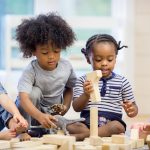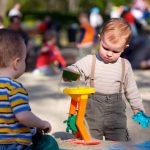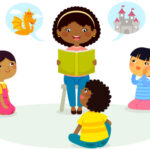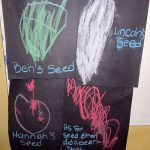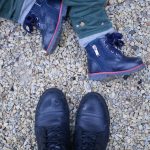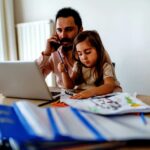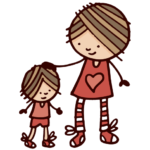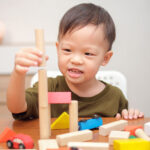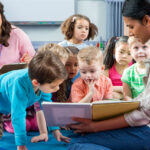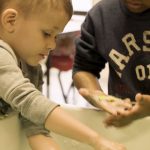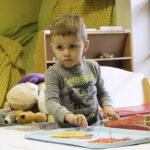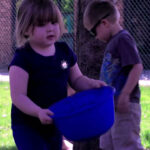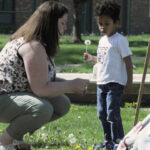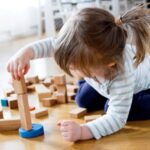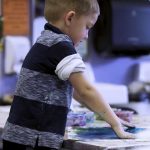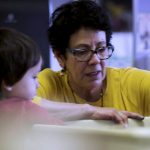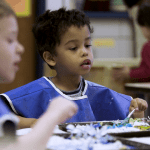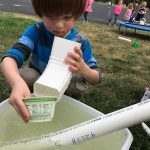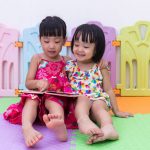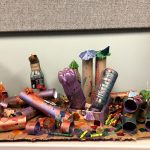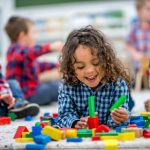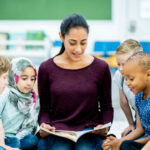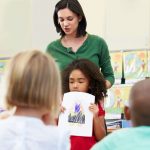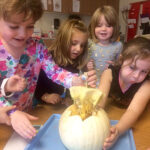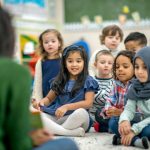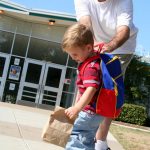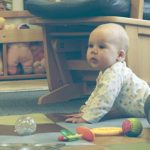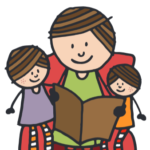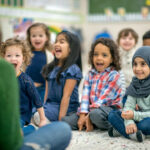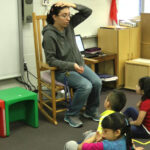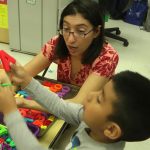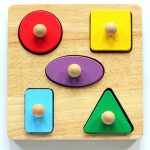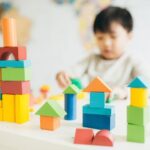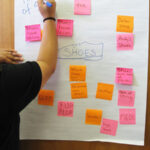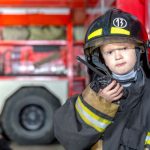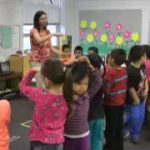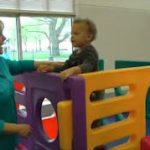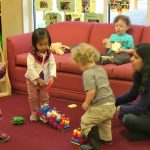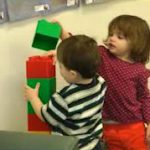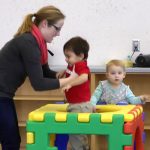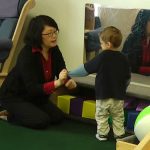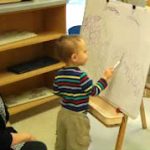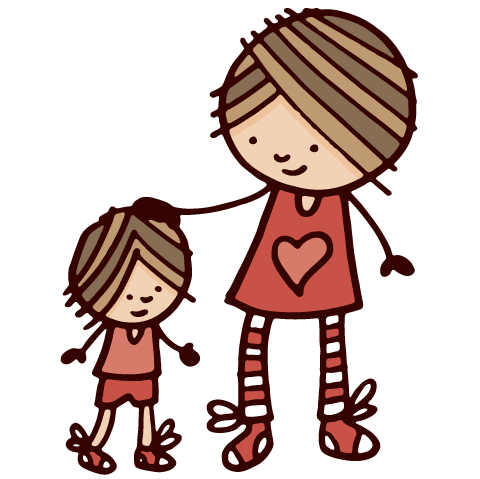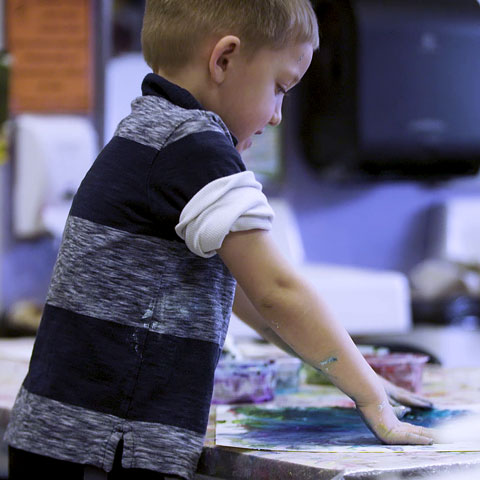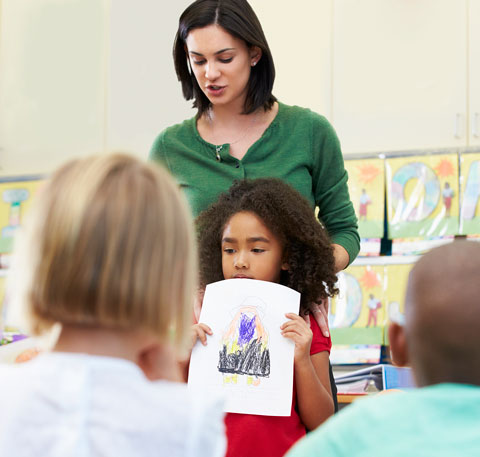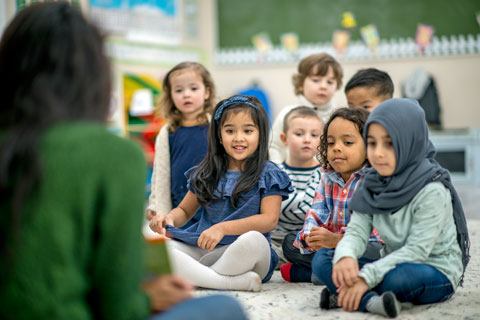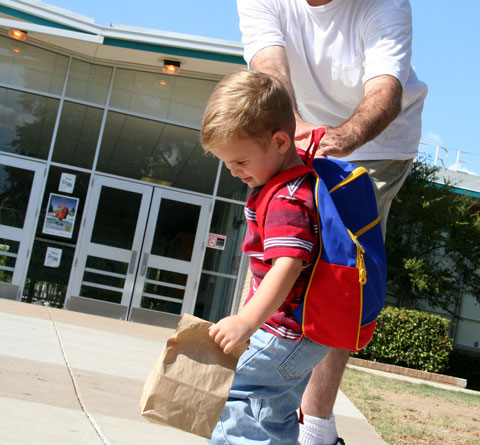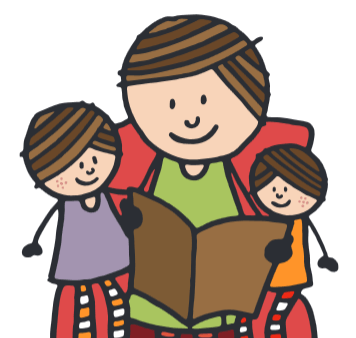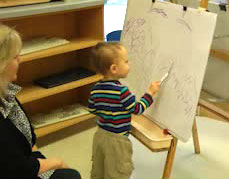Keyword: Developmentally Appropriate Practice
-
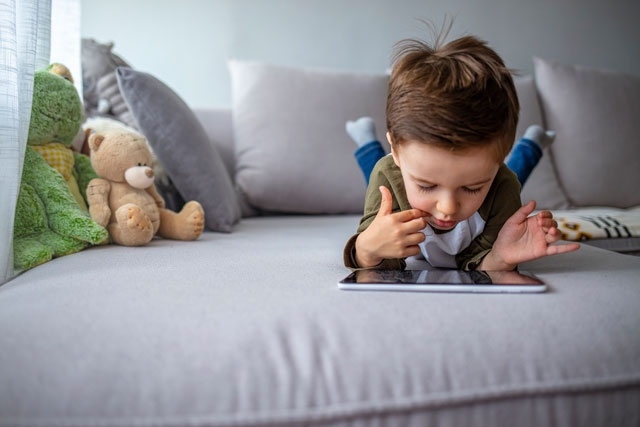
Big Tech and Small Children
Most young children interact with some form of technology in our modern lives. This tool kit gives parents and educators recommendations for technology use, how to get involved in technology, what to look for when selecting technology, and how to place limits on technology use.
-

Developmentally Appropriate Practice for Educators
This resource list contains content to support early childhood educators using developmentally appropriate practice (DAP) with young children. Many of the resources in this list come from the DAP position statement.
-
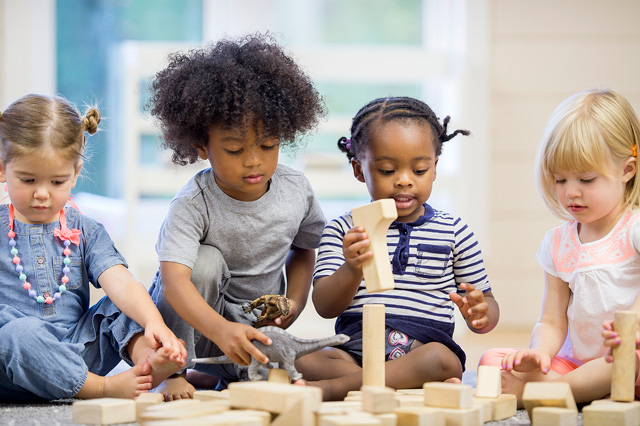
Developmentally Appropriate Practice
Developmentally appropriate practice (DAP) promotes the development (social, emotional, physical, health, cognitive) and general learning of each child served. Developed by the National Association for the Education of Young Children (NAEYC), the 2020 Developmentally Appropriate Practice (DAP) Position Statement gives educators guidelines and recommendations for implementing DAP with children ages birth through age 8. This…
-

Problem Solving
This section describes how infants and toddlers learn to solve problems and consider the results of their actions.
-

Persistence, Effort, & Attentiveness
This section describes how infants and toddlers use their early experiences to develop the ability to focus on and complete simple tasks.
-
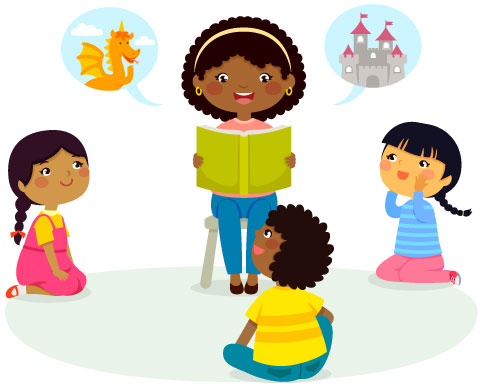
Returning to Childcare During COVID-19
Families returning to childcare during the COVID-19 situation may have many questions and concerns.
-
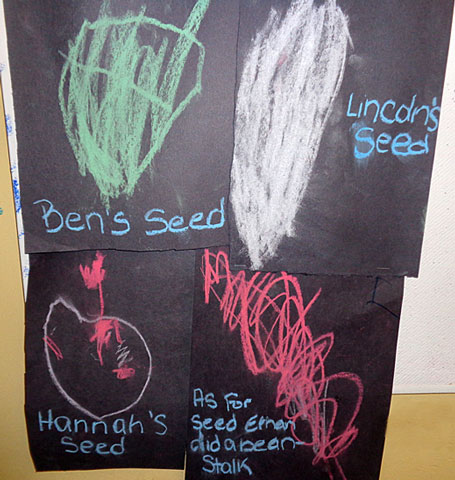
Implementing the Project Approach in Inclusive Classrooms
On this podcast we talk with Dr. Sallee Beneke, an associate professor of early childhood education at St. Ambrose University, where she teaches courses in early childhood education and early childhood special education.
-
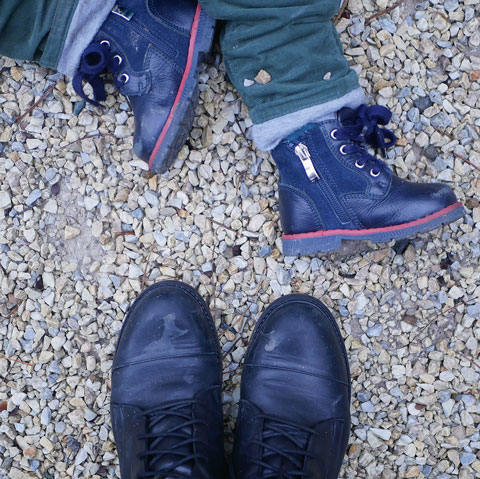
Doing Projects With Families From a Distance
When teachers are called on to work with children and families remotely, project work can be a welcome addition to the teacher’s toolbox for a variety of reasons.
-
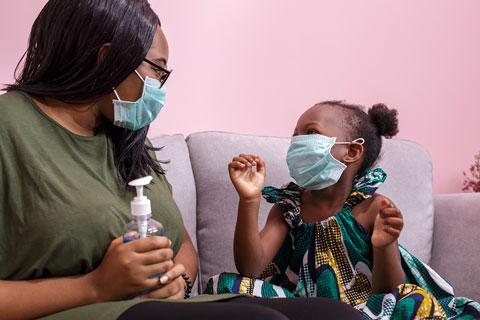
Keep Young Children Learning at Home During Trying Times
Many families with young children are seeking resources about learning at home with young children as the COVID-19 situation evolves in our communities. This is a trying time for programs and families as they work together to keep young children safe, healthy, and learning.
-
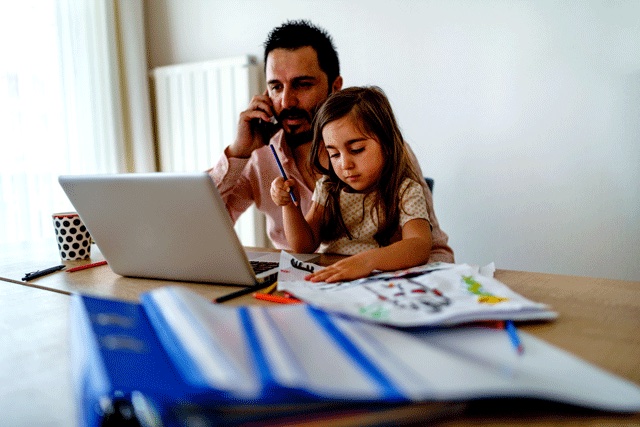
Learning at Home During Trying Times
Many families with young children are seeking resources about learning at home with young children as the COVID 19 situation evolves in our communities. This resource list provides information from the Illinois Early Learning Project and other reliable sources to help during this time.
-
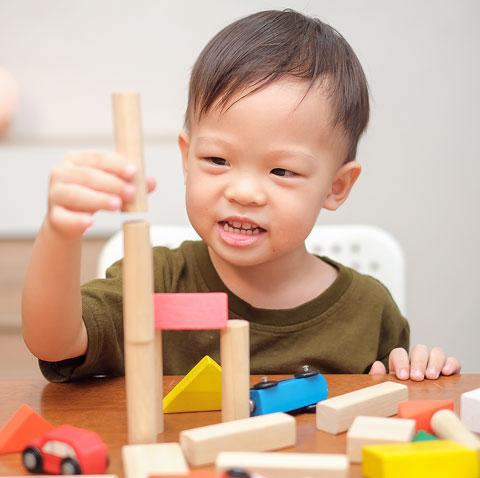
An Introduction to Montessori Education
On this podcast we talk with Dr. Natalie Danner, the LaVonne Kopecky Plambeck endowed chair of Montessori education at the University of Nebraska at Kearney.
-
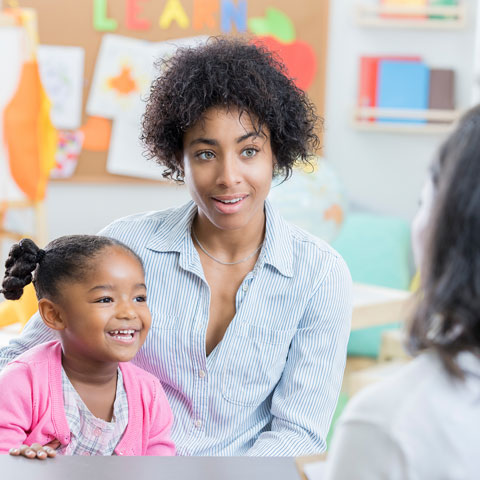
Listening to Family Voices in Early Childhood Programs
On this podcast we are joined by Dr. Christine Spence, an assistant professor of early childhood special education at Virginia Commonwealth University. Her research focuses on high-quality supports for families and providers participating in early intervention and early childhood special education systems. She joins us to talk about listening to family’s voices in early childhood…
-

Coaching Others in Implementing the Project Approach
The Project Approach engages and motivates diverse groups of young children to learn and use higher order thinking skills, so it is a wonderful addition to the curriculum. But learning how to implement the Project Approach can be challenging for teachers, perhaps because it is best learned “in the action” through hands-on experience and experimentation.…
-
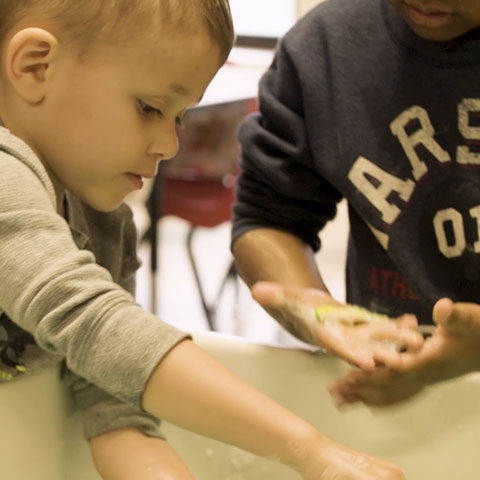
Exploring the Sensory Table
In this video, we watch Cameron and Anthony, both age 4.5 years, as they play at the sensory table in their classroom. Children enjoy exploring materials with their senses. A sensory bin or table is a place teachers can set up opportunities for children to do this type of exploration in the classroom while containing…
-
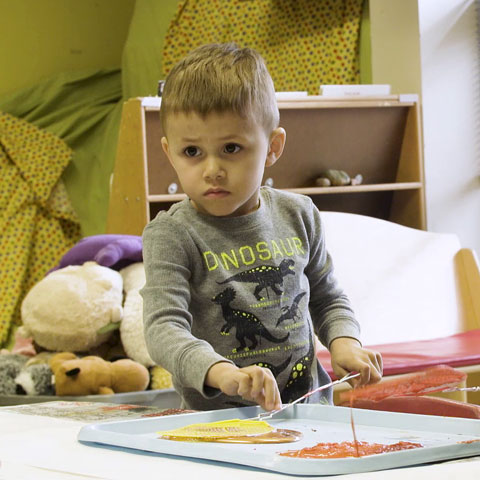
Waiting to Paint
When teachers set out activities that are of high interest to children, conflicts can arise. Being prepared with strategies to help children cope with the challenge of waiting for a turn can minimize conflicts.
-
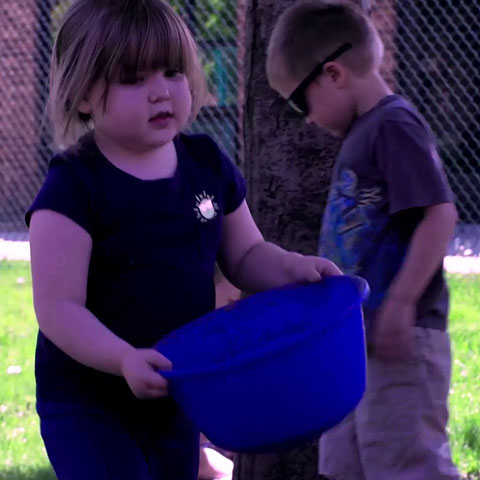
The Blue Bowl
In this video, we see a large blue mixing bowl spark children’s interest and lead to this type of complex play. The children work together in a group to reach a common goal of making “soup” in a bowl. They explore the outdoors and find several materials to put in the blue bowl for their…
-
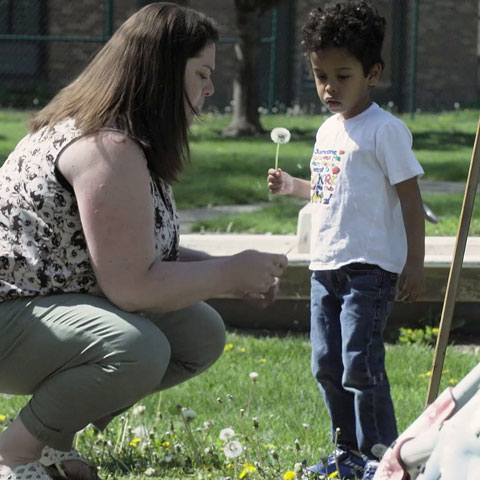
Lots of Dandelions
Nature play presents opportunities for teachers to introduce scientific concepts. In this video, we see a teacher join Fawn and Edwin, both age 4, as they blow the seeds from dandelions growing on the playground.
-
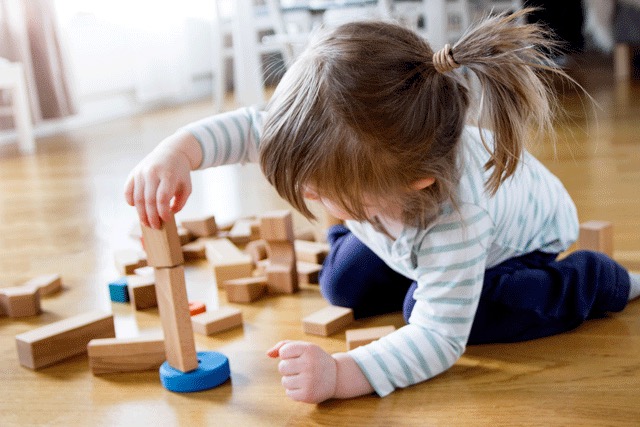
Busy with Blocks (audio)
This podcast, based on a blog written by Dr. Rebecca Swartz, discusses what young children learn from block play. To see the main text of the podcast, you can read the original blog post.
-
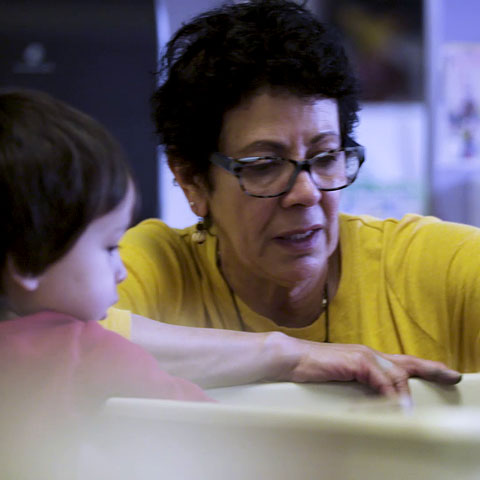
Maybe We Can Make a Road!
In this video, two children are playing at a sensory table filled with gravel, miniature road signs, and toy cars. The teacher introduces two unique words, terrain and yield, to the children as she plays side by side with them.
-
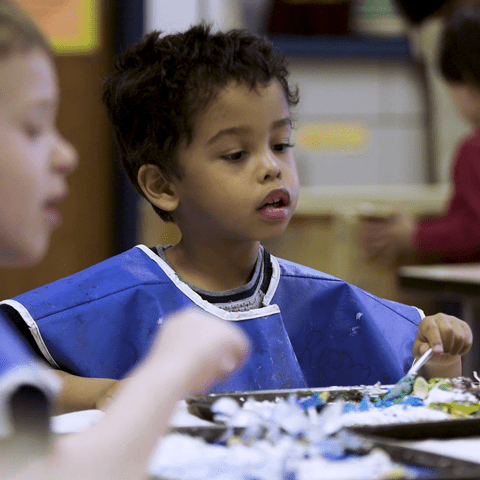
Looks Swampy
In this video, we watch several students conduct an experiment with glue, food coloring, and water. The teacher encourages the children to actively explore the materials, think about what is happening, and describe the experience.
-
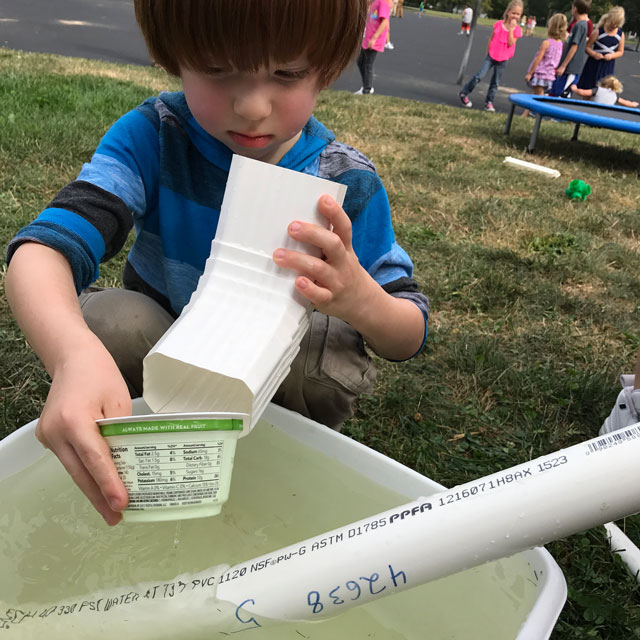
“Where Does the Water Go?” Investigating Pipes and Plumbing
Kim Burd and Laura DeLucaJohn L. Hensey Elementary SchoolWashington, IL The Pipes Project took place in an inclusive early childhood classroom that holds two sessions each day; children attend only one session. The classroom also has an assistant teacher. The curriculum is play-based and experiential in nature. Topics of study are chosen based on children’s…
-
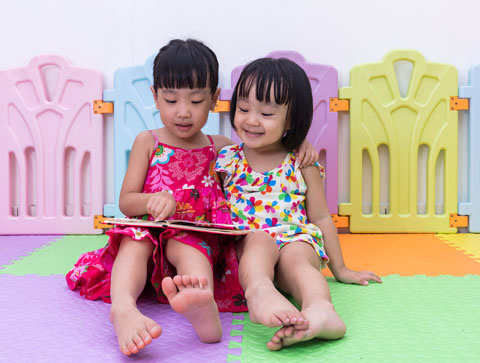
Resources to Help Serve Dual Language Learners (DLLs)
Across Illinois, early childhood programs serve a very culturally and linguistically diverse group of children and families.
-
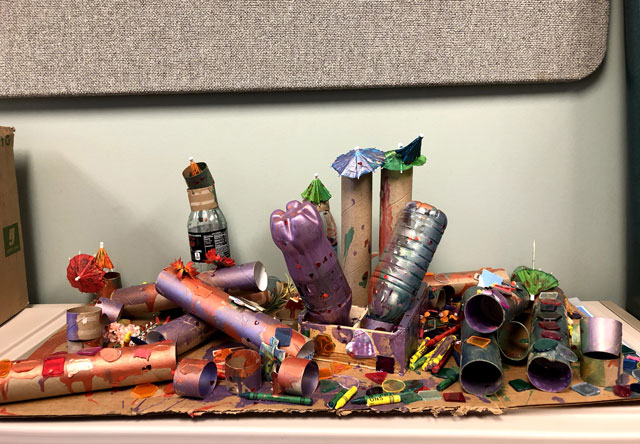
Challenge Young Artists to Create in Three Dimensions
When young children create visual art, they explore and experiment with the properties of materials. Some classic examples of developmentally appropriate art opportunities for children include drawing with crayons, painting at an easel, or creating a paper collage. These types of art experiences allow children the opportunity to explore in two dimensions of space.
-
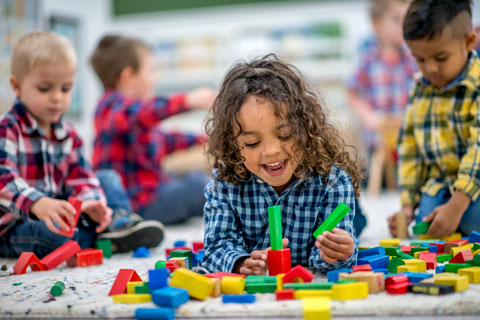
Process Play and STEAM: Getting Started
On this podcast, we are joined by Michelle Patt, an early childhood educator, consultant, and writer. Her work emphasizes STEAM (science, technology, engineering, arts, and mathematics) learning through exploration and experimentation. She writes about the integration of art and science into preschool classroom activities to encourage children’s problem solving and innovation. Michelle is preschool supervisor at…
-

Choose Good Books That Accurately Reflect Cultures and Home Languages
When teachers and child care directors are seeking new books to add to classroom libraries, it’s important to think intentionally about the children and families who will be reading those books.
-
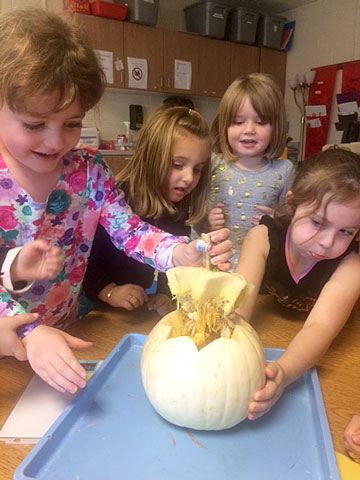
The Pumpkin Project
Meredith Kennedy and Michaela Martens Bridgeview Elementary School LeClaire, Iowa This project was an investigation of the afternoon preschool class at the Pleasant Valley Preschool Program. Our program serves children ages 3 to 5. The classroom is inclusive and made up of 17 students. The Pumpkin Project began in October and lasted until the end…
-
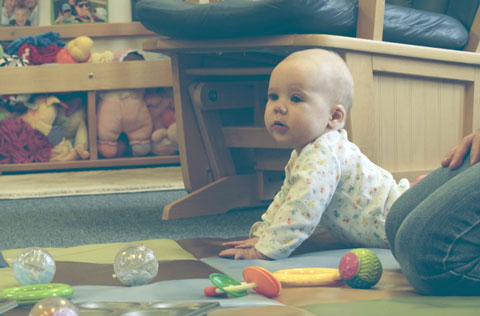
Physical Development and Health
This section of guidelines describes how infants and toddlers learn to move their bodies, take in their world through their senses, and carry out self-care routines. This section also explains how physical skills progress through development as young children’s bodies grow stronger and more able to move purposefully and with ease during everyday play and…
-
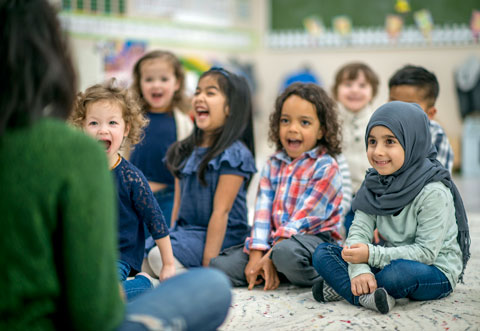
Adjusting Pace and Location of Project Work
By adjusting the pace and location of the project work to the developmental levels and experience of the children, teachers can begin to engage them in project work soon after they join the class, even at the beginning of the school year.
-
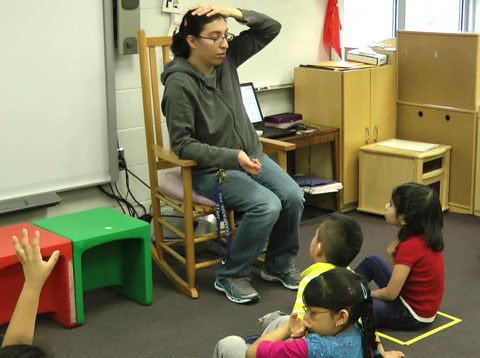
Retelling “Caps for Sale”
Children gain great comprehension and communication skills when they have the opportunity for rich discussion during read-aloud times. Stories read aloud also can provide opportunities for children to use their memory skills and retell stories with their peers and teachers.
-

Talking About Numbers and Letters
In this video, 4-year-old Martín plays with letters in a bilingual prekindergarten classroom, where teachers provide instruction in both Spanish and English.
-
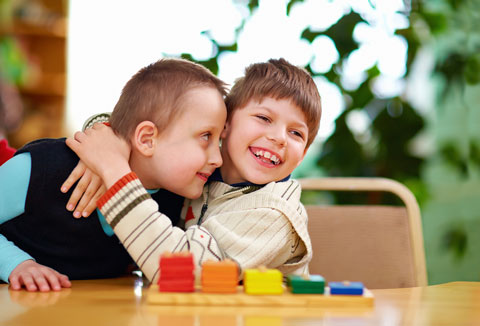
Inclusive Early Childhood Programs: How One School District Creates a Place for All Young Children
This podcast contains an interview with Ms. Crystal Vowels about inclusive early childhood programs. Ms. Vowels is the principal of the Urbana Early Childhood School in Urbana, IL. In this interview, Ms. Vowels and IEL staff member Dr. Rebecca Swartz discuss key aspects of inclusive early childhood programs including collaboration, curricular adaptations, and interdisciplinary teaming.…
-

Five Things Children Gain from Puzzle Play
Puzzle play is a great time to build cognitive and fine motor skills, but it can also be a time to build social, emotional, and language skills when caregivers use time with puzzles thoughtfully. Here are five things children learn through puzzle play.
-
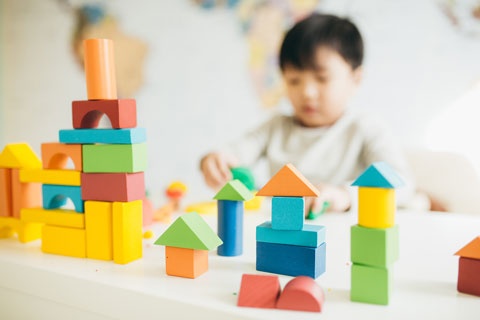
Mathematics Benchmark 10.B.ECb
This module is a innovative professional development resource for busy early childhood educators. It provides teachers with some suggested ways to help children meet the following benchmark… Mathematics 10.B.ECb: Make predictions about the outcome prior to collecting information, with teacher support and multiple experiences over time.
-
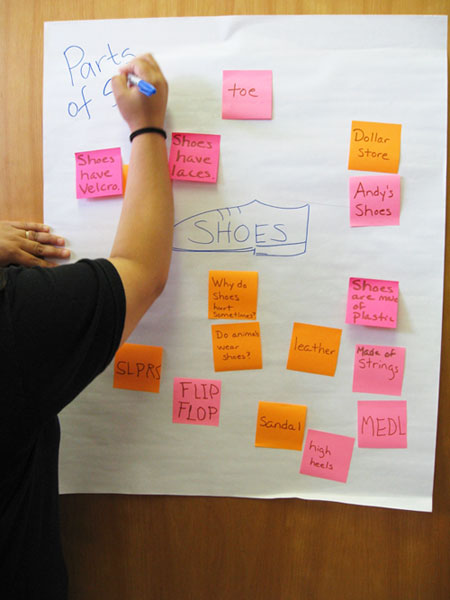
Mathematics Benchmark 10.B.ECa
This module is a innovative professional development resource for busy early childhood educators. It provides teachers with some suggested ways to help children meet the following benchmark… Mathematics 10.B.ECa: Organize, represent, and analyze information using concrete objects, pictures, and graphs, with teacher support. Related IEL Resources Tip Sheet: Project Approach: Helping Preschoolers Represent What They…
-
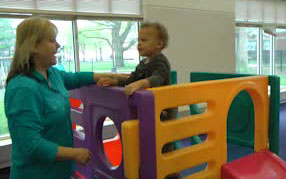
You Made It
This video takes place in the gross motor room of a university laboratory child care and preschool. This room is used for gross-motor activities by all classrooms in the center during inclement weather. Max (21 months) is trying to get up the climber, and the teacher helps him get to the top.
-
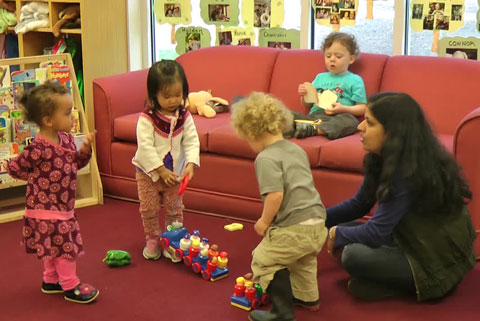
Two Trains
Sadie (26 months) pulls two trains across the carpet and sits down on the teacher’s lap. Sadie and the teacher are talking about the two trains while Daniel watches. Daniel reaches down to take the handle of one of the trains, to which Sadie objects. The teacher then asks Sadie to give one of her…
-

A Tower Together
The teachers provided balance in both supporting Anna and allowing her space to work through situations independently. She followed Anna’s reactions and did not intervene too early.
-

The Step
The teacher provides Alicia with support to move the bolster and supervises her so she can safely use it as a step.
-
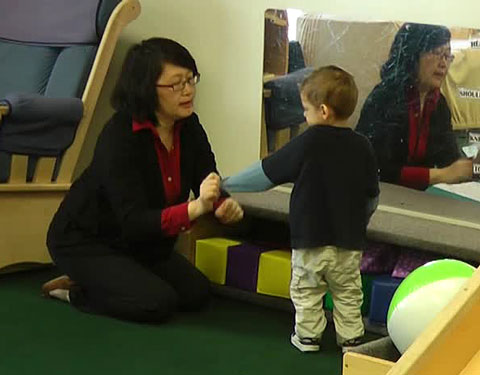
Roll Them Up
This interaction shows the teacher trying to decipher what Jayden is trying to do and what he wants.


